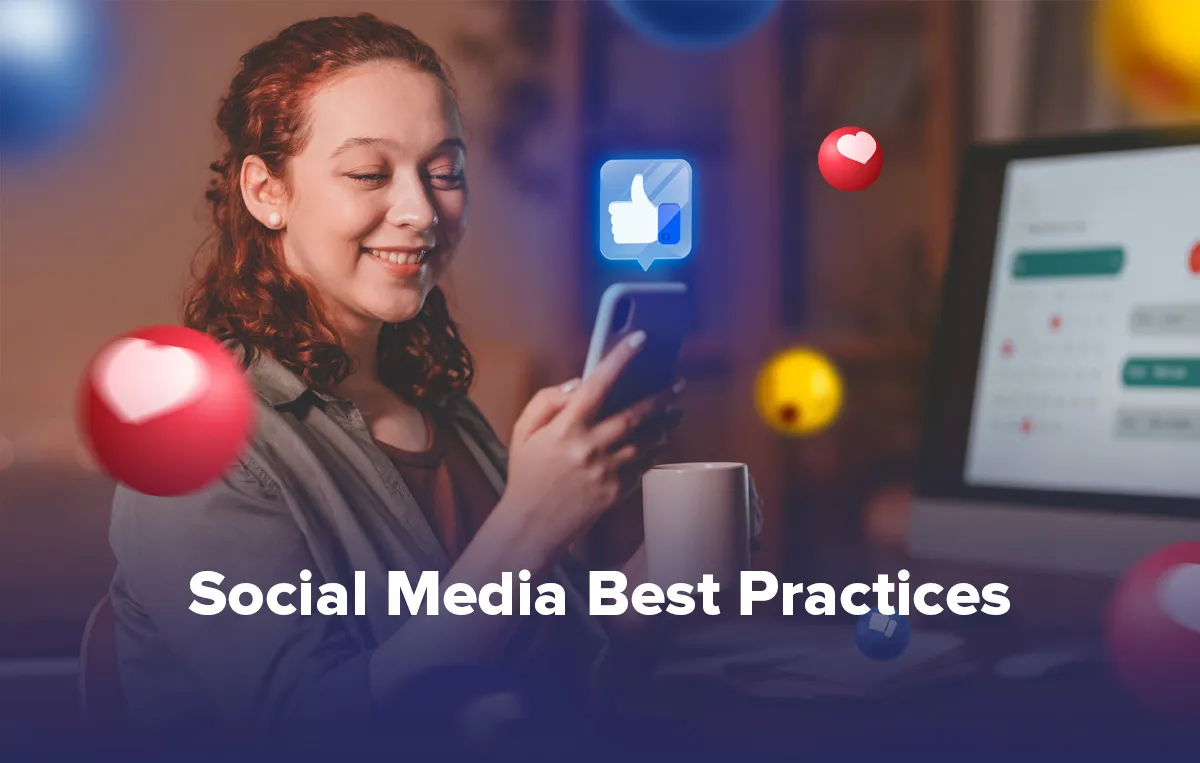Your brand’s social media notifications suddenly explode. A poorly worded tweet or viral complaint has spiraled out of control. Customers are furious, and #Boycott is gaining traction.
What now? This is the nightmare every brand fears.
Social media moves fast, and the narrative gets away from you if you don’t have a social media crisis management plan. Panic may lead to deleted comments, rushed apologies, or staying silent, often making things worse.
We’ve seen it happen before. In 2017, Pepsi released an ad depicting Kendall Jenner handing a soda can to a police officer at a protest, meant to be uplifting. However, the internet netizens perceived it as trivializing real social problems, resulting in heavy backlash. The brand took the ad down within a day and issued an apology. By then, the damage had already been done.
A single mistake can lead to viral outrage, lost trust, stock drops, and long-term reputational damage. International Journal of Research in Marketing reports that 58.3% of brands embroiled in a social media crisis or firestorm suffer poor short-term brand perceptions, and 40% face long-term negative effects.
So, how do you ensure your brand isn’t next? You can’t prevent every crisis, but you can control your response. In this blog, we give you a foolproof guide to handling crisis management.
Crisis management on social media is how a company or brand identifies, responds, and resolves an online firestorm with streamlined strategies and actions to mitigate the damage to its online reputation. It’s all about spotting trouble early, responding fast, and preventing things from getting worse.
“When written in Chinese, the word ‘crisis’ is composed of two characters. One represents danger, and the other represents opportunity.”
– John F. Kennedy
A crisis can be anything, from a tone-deaf tweet to a customer backlash over poor service. Having a crisis management plan before things spiral out of control can ensure that bad incidents like these fade away instead of turning into a PR disaster.
A true crisis has the potential to cause serious damage. Knowing the difference between a real crisis and a minor hiccup is important.
What Counts as a Social Media Crisis?
| Situation | Explanation | Example |
| Viral Backlash Over a Brand’s Actions or Statements | When a brand’s actions cause public outrage, it can lead to boycotts and harm its reputation. | Balenciaga faced intense backlash over an ad campaign in 2022, forcing them to issue public apologies and pull the campaign. |
| Data Breaches or Leaks of Private Customer Information | Exposing private user data can lead to panic and distrust. | Facebook’s Cambridge Analytica scandal in 2018 saw 87 million users’ data misused, triggering global criticism and a $119 billion stock drop. |
| Employee or Influencer Misconduct Going Viral | When a brand ambassador, executive, or employee is caught in a scandal, the brand often takes the hit. | Tesla’s stock dropped by over 9% in 2018 after Elon Musk smoked marijuana during a live podcast. |
| Misinformation or Fake News Spreading | If false claims about a brand gain traction and harm its reputation, it becomes a social media crisis. | In 2019, a QAnon community accused Wayfair of human trafficking, gaining 4.4 million engagements on Instagram and over 12,000 posts on Facebook. |
| Product Recalls or Safety Issues Exposed on Social Media | Defective products gaining attention can lead to major financial and reputational losses. | Samsung’s Galaxy Note 7 recall cost them $5.3 billion after reports of battery explosions flooded social media. |
What DOESN’T Count as a Social Media Crisis?
| Problem | Explanation | Example |
| Negative Comments or Bad Reviews | A few complaints are a normal part of doing business. | A single one-star review for a restaurant on Yelp. |
| A Drop in Engagement or Reach | Lower likes and shares due to social media algorithm changes require a marketing adjustment, not crisis management. | In 2018, Instagram updated its algorithm, causing engagement to drop for many brands. |
| A Single Viral Negative Post Without Widespread Impact | A single viral complaint doesn’t always escalate into a full-blown crisis. | A meme about McDonald’s ice cream machines being broken. Even the brand made a post joking about it. |
| A Competitor Making a Negative Claim | Rival brands often engage in competitive marketing to make advertisements interesting. | Samsung mocking Apple for removing the headphone jack. |
| Isolated Customer Service Issue | A delayed refund or order complaint is routine. But if many customers report being ignored, it can become a trust issue. | A delayed refund on an Amazon order. |
No brand wants to wake up to a social media disaster, but when it happens, how you respond can make or break your reputation. Here’s a step-by-step plan for crisis management on social media in the right way.
1. Identify the Crisis Early
The sooner you catch a crisis, the easier it is to control the story. Keep an eye on mentions, hashtags, and audience sentiment. Watch for sudden spikes in negative comments or viral complaints using a social media analytics dashboard.
Tools like Audiense, Awario, and Mention help brands track conversations and plan their response. Staying alert can stop a small issue from turning into a full-blown crisis.
In 2018, when KFC experienced a chicken shortage, 600 of their outlets were forced to shut down permanently. Users posted their complaints about the incident across social media platforms, labeling it a disgrace for the company. KFC didn’t go silent. Instead, they addressed it swiftly and released an entertaining advertisement that featured an empty bucket and the letters “FCK,” apologizing in a relatable way.
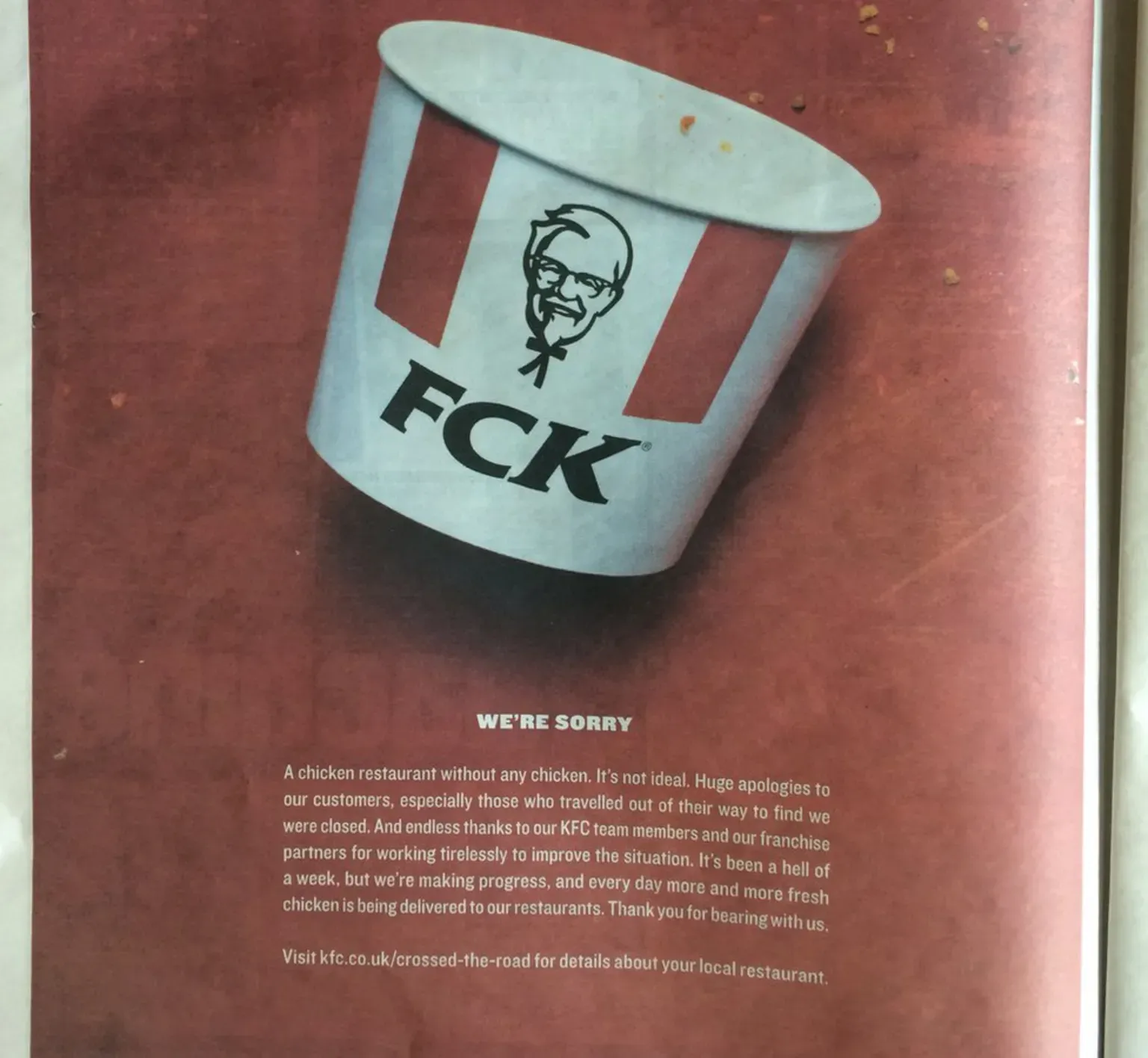
And this is how people reacted to the ad.
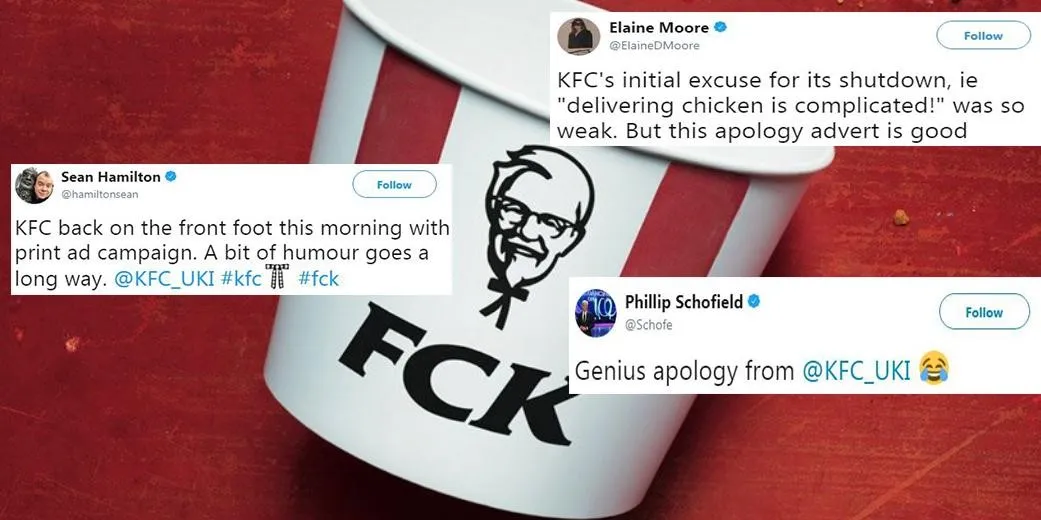
What They Did Right:
- Fast Response: Issued a clever apology within hours.
- Active Engagement: Replied to frustrated customers, easing tensions.
- Clear Updates: Kept customers informed about store reopenings.
2. Pause Scheduled Posts
When a crisis strikes, the last thing you want is a pre-scheduled promo post going up while the customers are anguished and looking for answers. It can make your brand seem tone-deaf, disconnected, or insincere. That’s why the first step in a social media crisis management plan is to hit pause on all scheduled posts and reassess your messaging.
Plenty of brands have learned this the hard way. In 2020, L’Oréal faced backlash when it posted a “Black Lives Matter” support message. However, critics called them out for how they mistreated black trans model and influencer Munroe Bergdorf in 2017. The post backfired, with users calling the brand out for its hypocrisy.
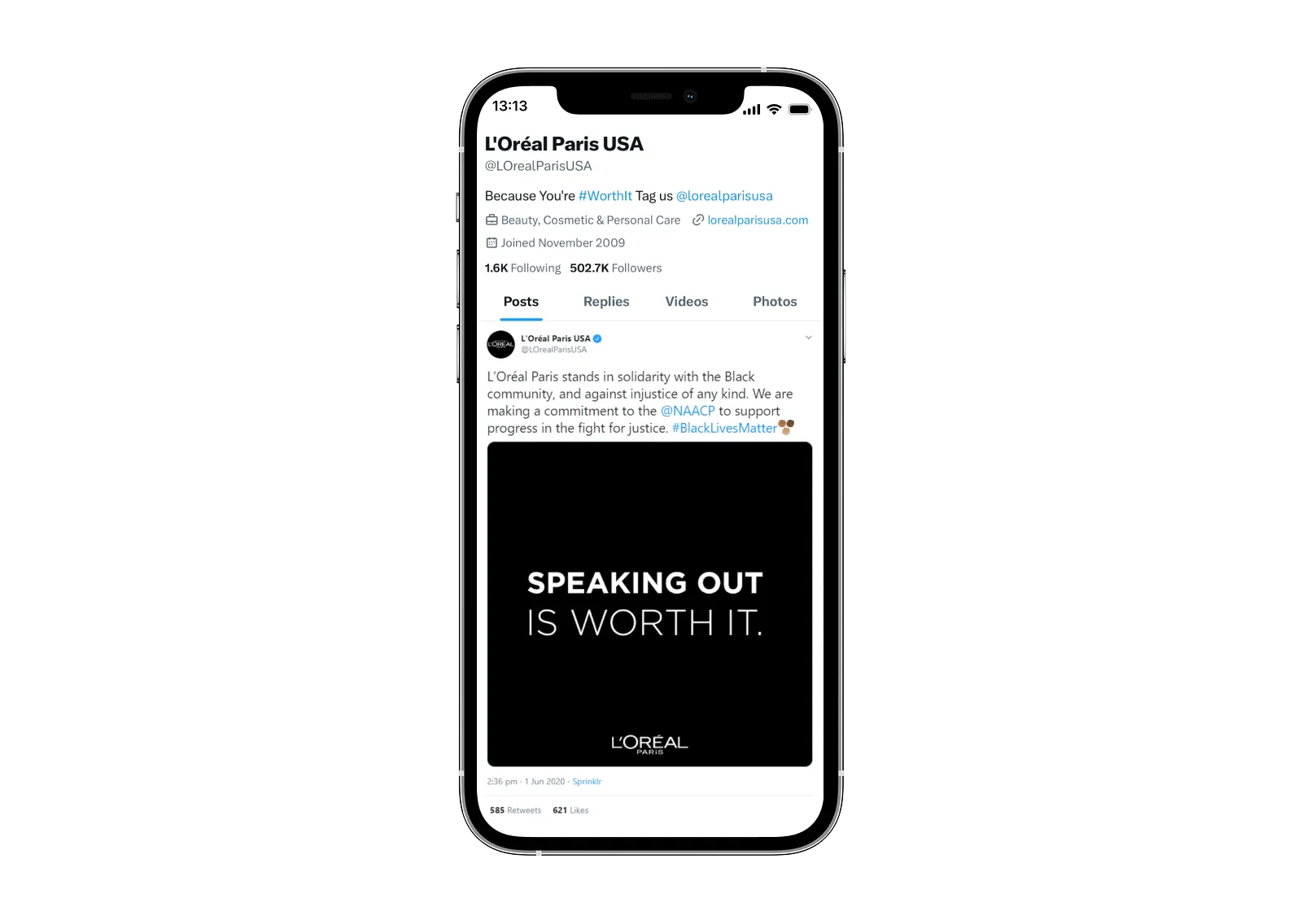
What They Did Wrong:
- Lacked Context: The message felt performative rather than sincere.
- Ignored Past Issues: Failed to address previous controversies first.
- Slow Response: Delay in clarification allowed criticism to escalate.
Want to hit pause on scheduled posts across all your social media platforms? Leverage SocialPilot’s Pause Sharing feature to instantly halt the post you scheduled using the tool across multiple channels.
Instead of manually pausing posts on each native platform, this feature helps you pause content across all your connected social media pages at once so that you don’t accidentally end up taking an out-of-context post live. Whether you’re handling a social media crisis, updating your content strategy, or taking a break, this feature ensures you have complete control over your content — making it fast, efficient, and error-free.
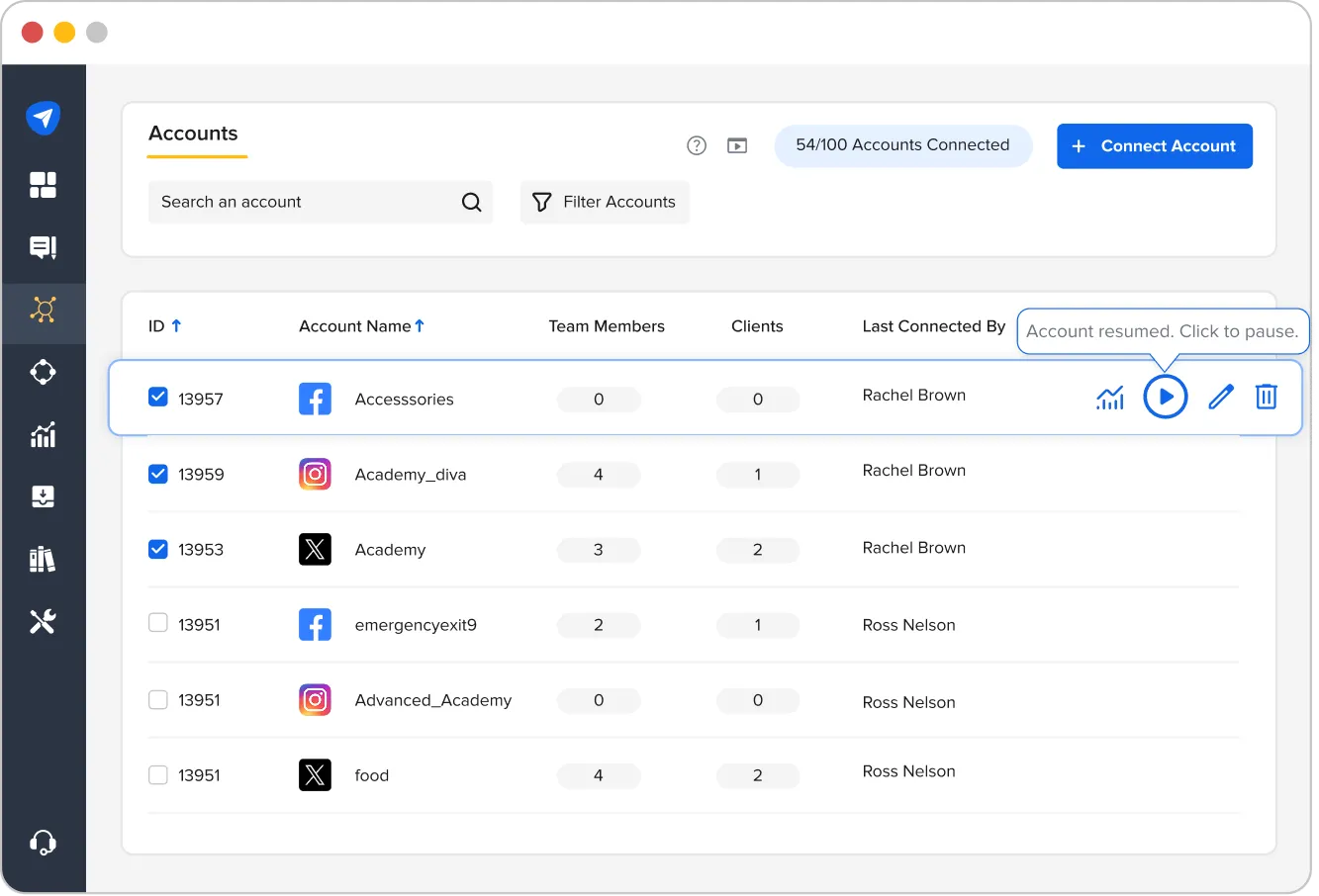
3. Assess the Severity of the Crisis
Not every complaint is a crisis. Some issues need a quick reply, while others demand urgent action. Before jumping in, ask yourself:
- Is it going viral? Check trending hashtags, engagement spikes, or media coverage.
- Does it affect trust or reputation? Look at public sentiment and key stakeholder reactions.
- Is it impacting sales or legal standing? Consider financial or operational risks.
United Airlines slipped up in 2017 when a video of a passenger who was manhandled on one of their flights went viral. Their initial response—a “re-accommodation”—came off as rather callous, making things worse. The lack of urgency and misjudgment turned a customer service issue into a global PR crisis, wiping $1 billion off their stock in just one day.
What They Did Wrong:
- Misjudged Public Perception: Treated it as an operational issue instead of a serious PR crisis.
- Delayed Proper Action: Took days to issue a real apology, allowing outrage to grow.
- Used the Wrong Tone: The initial response sounded dismissive rather than empathetic.
Learning from such mistakes, brands must have clear protocols in place to identify, respond to, and de-escalate issues quickly. You can read this guide on avoiding PR crises on social media to ensure your brand stays protected.
4. Acknowledge and Respond Quickly
Silence from a brand following a social media crisis usually worsens the whole matter. When brands brush aside issues, it feels dismissive, worse, guilty. A practical approach might be to respond without disclosing all the details: ‘We are aware of the issue and are looking into it.’ It can prevent rumors and misinformation.
Take the example of luxury fashion house Balenciaga, whose 2022 holiday ad campaign featuring teddy bears in what appeared to be bondage gear sent Instagram and TikTok netizens into a frenzy. This was soon after an ad shoot that displayed Supreme Court documents on child porn. Balenciaga apologized across all its platforms and instantly took down both ads.
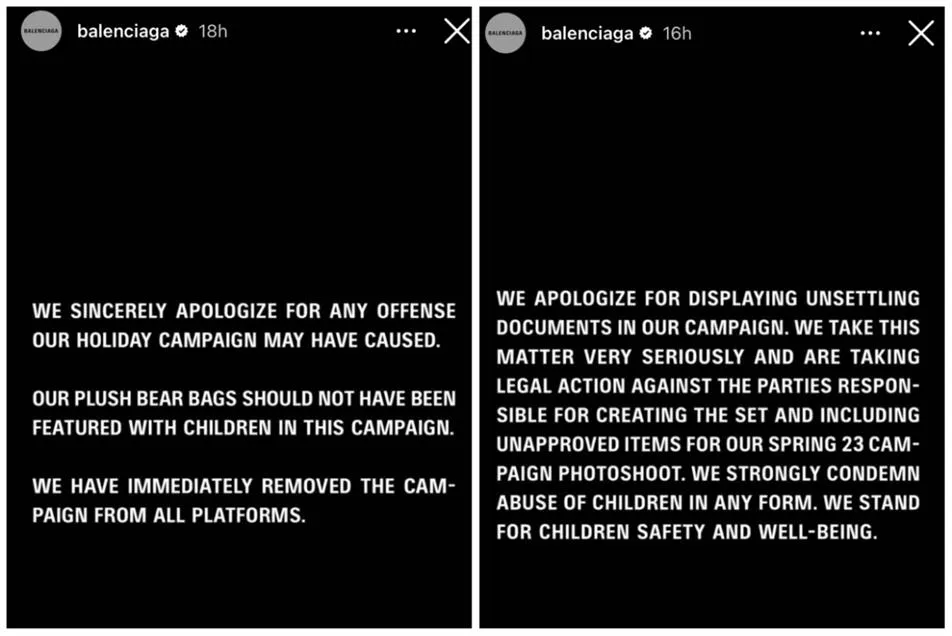
What They Did Right:
- Acknowledged Issue Publicly: Addressed concerns head-on instead of ignoring them.
- Took Responsibility: Recognised the problem instead of being defensive.
- Followed Up With Real Action: Implemented policy changes to prevent future incidents.
5. Develop and Execute a Response Plan
When everything is falling apart, the worst thing you can do is panic. Once you’ve acknowledged a crisis, the next move is to take charge with a structured response. A solid crisis plan keeps the brand in control, prevents further damage, and reassures the public. It should include:
- Crisis Team: PR, legal, customer service, and leadership should align messaging.
- Clear Public Statement: Updates should be shared on social media and official channels.
- Internal Alignment: Employees and stakeholders need to be on the same page.
Johnson & Johnson’s response to the Tylenol poisoning is a classic example of crisis management. Even before social media, they handled the situation effectively. Amidst the cyanide-aided Tylenol capsule deaths, the company acted swiftly. Every bottle was recalled to keep consumers safe and build trust on social media.
What They Did Right:
- Immediate Nationwide Recall: Pulled 31 million bottles off shelves, prioritizing safety over profit.
- Transparent Communication: Kept the public informed to maintain trust.
- Long-Term Solution: Introduced tamper-proof packaging.
6. Engage and Monitor in Real Time
Once a crisis response is in motion, the real work begins. Social media-driven crises are unpredictable, and brands cannot afford to issue a statement and disappear. They will need to stay connected, track sentiment, and evolve as the situation evolves. Real-time monitoring helps brands slow misinformation, track public sentiment, and respond quickly.
When a viral video of the arrest of two black men at a Starbucks in 2018 surfaced, charges of racism and calls for boycotts erupted. The brand not only apologized; they kept an eye on the backlash and engaged the critics. They also closed 8,000 of their stores for racial bias training. In so doing, they became a part of the unfolding narrative in a way that controlled it rather than letting it go further out of control.

What They Did Right:
- Stayed Alert: Tracked backlash and key influencers’ reactions.
- Engaged Directly: Addressed concerns instead of avoiding criticism.
- Took Real Action: Backed their apology with measurable change.
7. Review, Learn, and Prevent Future Issues
Once the crisis has cooled down, you can get into analyzing the whole process. Brands with detailed social media analytics know how they reacted and what could be improved in the future, and are well prepared for such crises. Conducting a post-crisis review should include:
- Identifying the Cause: Content misstep, poor service, or misinformation?
- Evaluating the Response: Did it resolve the issue or make it worse?
- Improving Policies: Update guidelines, messaging, and training to prevent future crises
The year 2009 saw Domino’s employees upload a prank video to YouTube where they showed themselves breaking food safety rules at the location. Video dissemination through the internet led to significant damage, which harmed Domino’s brand recognition. Domino’s initially underestimated the severity but later recovered by reviewing and improving its crisis response strategy.
What They Did Right:
- Rebuilt Trust with Transparency: The CEO issued a direct, public apology.
- Strengthened Internal Policies: Employee training and brand monitoring were improved.
- Enhanced Social Media Vigilance: A real-time monitoring team was introduced to detect crises faster.
Social media may be the best tool for audience engagement, but it is a double-edged sword. Poor posts can spiral quickly. Here are some things you could do to protect your brand reputation and diffuse the possibility of a social media crisis while still small.
A clear social media policy helps protect a brand from PR disasters. When employees and representatives know what to post and how to handle sensitive topics, the risk of a crisis drops.
It acts as a guide for what to say – and what to avoid – under public scrutiny. Amid growing fears of online backlash, it is astonishing that only 35% of internal auditors stated that their company has mandates for monitoring social media content.
2. Monitor Brand Mentions Proactively
A great opportunity to control early damage from a crisis is to keep a close watch on the crisis. Brands can also maintain a steady focus on the buzz around their brands using social listening tools to track mentions, trending hashtags, and shifts in sentiment in real-time.
A recent study found that while 39% of consumers expect that their posts will receive a response within 60 minutes, the standard business takes about five hours to respond.
SocialPilot’s social inbox feature can be a game-changer in managing customer interactions. The unified inbox allows you to monitor and respond to social media messages across all platforms on a single tool, thereby saving response time.
You can also prioritize interactions across various accounts or social media platforms. This ensures you can handle urgent messages, mentions, and reviews without losing time. Personalize your responses, use AI Pilot to create highly interactive messages, and build stronger customer relationships with ease.
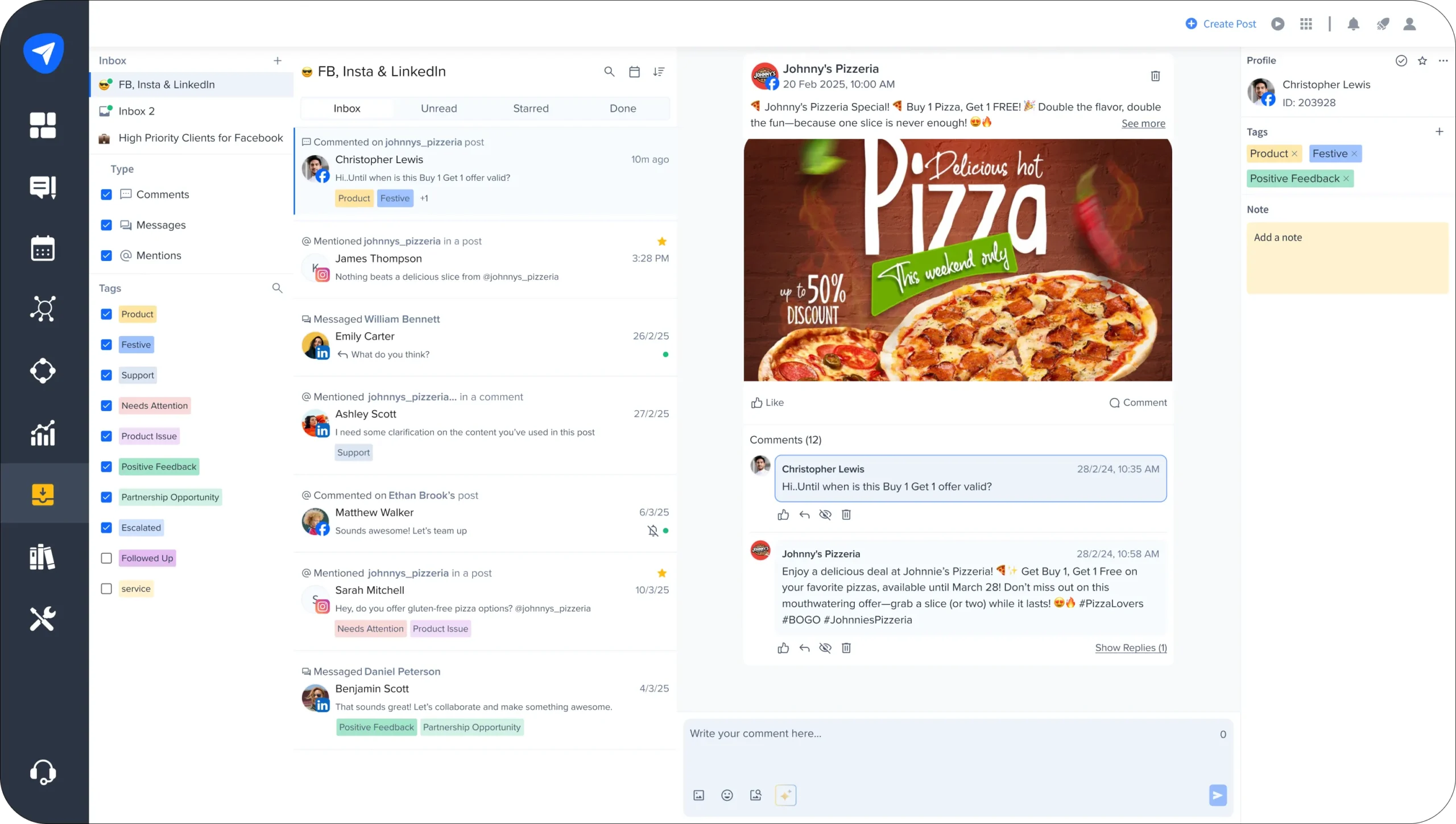
3. Train Your Team for Crisis Response
A well-prepared social media team is crucial in preventing crises from escalating. Employees should be trained to identify potential issues, respond appropriately, and escalate serious matters promptly.
This training should also cover security best practices, including understanding and using platform-specific privacy controls to prevent accidental data exposure. This social media privacy settings guide can help teams understand how to protect both brand and personal accounts effectively.
4. Respond to Negative Feedback Professionally
Negative feedback on social media is unavoidable, but how a brand responds makes all the difference. A defensive or dismissive reaction can escalate the situation, while a professional and solution-focused approach can help rebuild trust. Research shows that when a brand answers a complaint on social media, it can increase customer advocacy by up to 25%.
5. Fact-Check Before Posting
A single misleading post can lead to public backlash, spread misinformation, and harm a brand’s reputation. 64% of people believe false information confuses basic facts in current events. Brands can avoid similar crises by double-checking sources and verifying facts.
5. Have a Crisis Plan in Place
A crisis can hit when you least expect it, and without a solid plan, things can spiral out of control fast. Yet, surprisingly, only 49% of U.S. businesses have a formal crisis communication plan.
That means more than half of companies are leaving their reputation to chance, hoping they’ll figure it out when disaster strikes. A crisis plan isn’t just a document; it’s insurance for when things go wrong. Every brand needs a clear plan for handling crises. That includes defined protocols, assigned response roles, and regular training.
7. Engage With Your Audience Authentically
Building real relationships with your audience before a crisis can make a big difference when things go wrong. This means responding with empathy, honesty, and consistency—not just using robotic or defensive statements. To understand this better, listen to the How To Engage With Your Online Community podcast to gain more insights.
A social media crisis can unfold in minutes, and how a brand responds can make or break its reputation. Here are five essential tips to help you manage a social media crisis effectively.
- Respond Like a Human, Not a Corporation: A robotic, overly formal response can make a crisis worse. Customers want real, human communication, not corporate jargon.
- Don’t Delete Negative Comments: Deleting complaints makes a brand look guilty or evasive. People will screenshot and repost, making the backlash worse. Only remove posts if they contain hate speech, misinformation, or personal attacks.
- Don’t Overpromise: Making promises you can’t keep only worsens public trust. 79% of Gen Z consumers say it’s more important than ever to trust the brands they buy. If you don’t have all the answers, say so. Let people know you’re working on a solution rather than giving false reassurances.
- Handle Trolls Strategically: Not all negative engagement comes from genuine customer concerns—some are from trolls looking to provoke a reaction. Knowing how to deal with social media trolls can help you manage them without damaging your brand image.
- Monitor Conversations Even After the Crisis Seems Over: Just because the initial backlash has died down doesn’t mean the crisis is over. Use social listening tools to track ongoing sentiment and respond to new developments.
- Don’t Just Apologize, Show Solutions: A generic “We’re sorry” is not enough. Apologize only if necessary, and always back it up with a concrete action plan.
Think Before You Post, Prepare Before You Panic
A social media crisis doesn’t define your brand—how you handle it does. In the heat of the moment, every action (or inaction) shapes public perception. A well-prepared brand doesn’t scramble for solutions when trouble hits; it already has a plan in place.
At the end of the day, social media is unpredictable. You can’t prevent every crisis, but you can be prepared. Keep an eye on conversations and have a solid crisis plan in place. Most importantly, remember to treat your audience like people, not just a PR issue.
SocialPilot’s social media management and review management tools can help you plan, track, and manage your social media effortlessly, helping you deal with and even avoid crises. Request a free 14-day trial to see what it can do for you.


